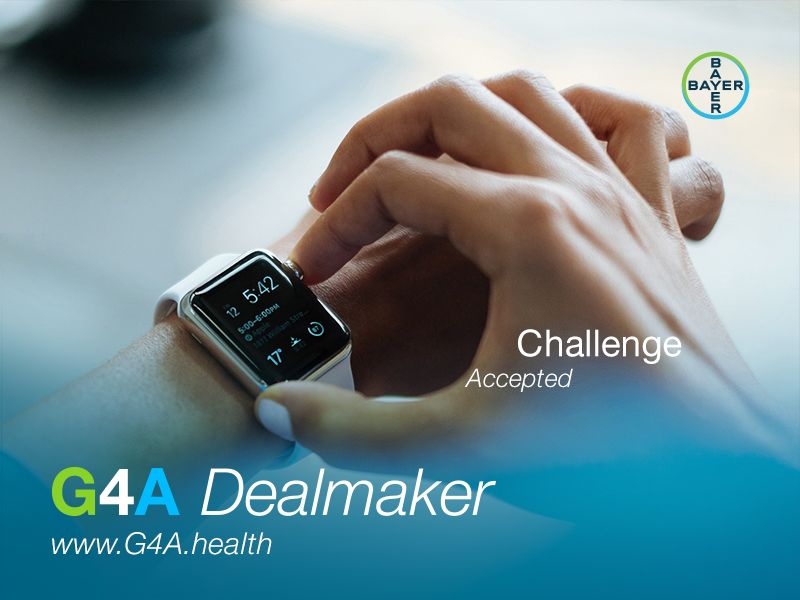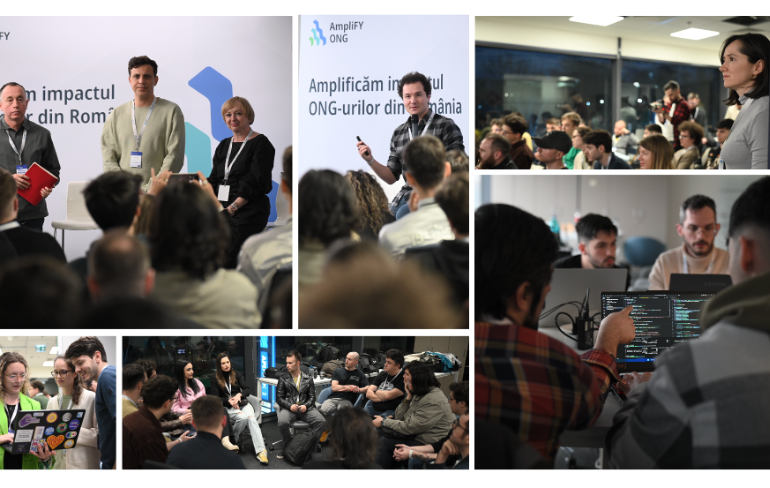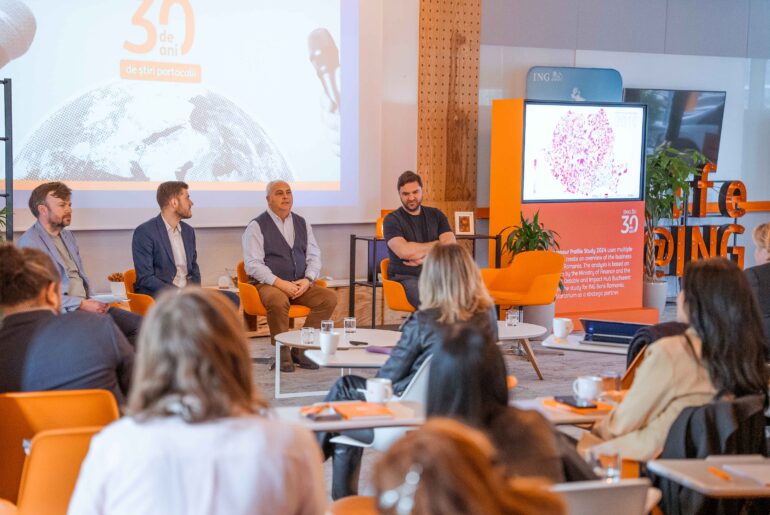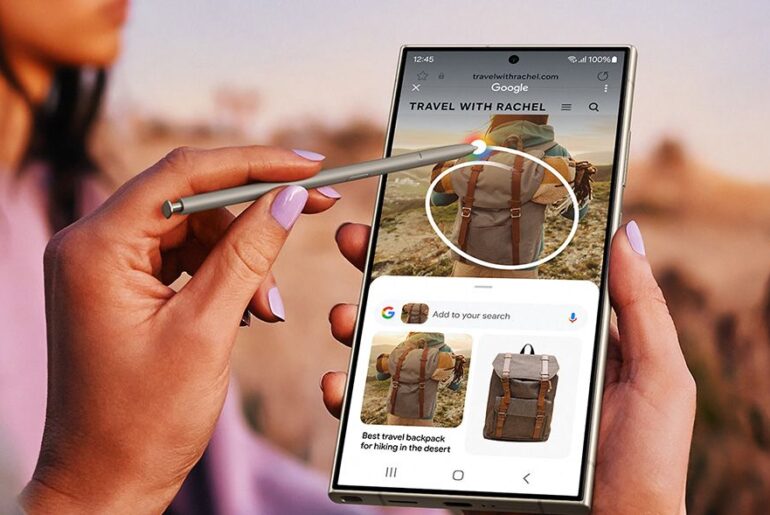Errors, delays, data silos – oh my! These are some of the unpleasant qualities historically associated with the field of Digital Diagnostics. But with unprecedented growth in the digital health space – $4.8 billion in venture funding in the United States last year alone (Rock Health), the entire industry, Digital Diagnostics especially, is on the cusp of great advancements.
The field is still relatively young and in light of a global shortage of healthcare workers expected to reach a 15 million deficit by 2030 (Human Resources for Health), it’s begging for more innovation in order to close the gap. Traditionally, digital diagnostic technologies have been characterized as in-patient and high cost with siloed data. Today, the future of Digital Diagnostics looks much brighter. What we’ll expect to see are diagnostics that are out-patient and low-cost with free flowing data between systems and providers across the globe. Most importantly, these diagnostic devices – a combination of both hardware and software – will monitor the state of one’s health at all times in connected environments within smart homes, smart workplaces, and smart cities. The data then, can be automated and shared globally, breaking down existing geographical barriers.
One opportunity within Digital Diagnostics is in Oncology. A terrifying prospect, yet far too common, the latest report shows that a new diagnosis was made every two minutes in the UK in 2017. Research shows that diagnosis at an earlier stage is consistently associated with higher chances of survival. And yet the onus is on the patient to track and follow-up with screening recommendations and appointments. With such intermittent screening “it’s like trying to watch a movie but seeing it only every 20 minutes for a few seconds each time. Inevitably, we’ll miss critical parts of the story,” says Sanjiv Sam Gambhir, chair of Stanford University’s Radiology Department. Additional information is key and the means to collect it is through continuous monitoring.
Imagine if you will, technology that is seamlessly integrated into your clothing and the built environment around you that will track health data continuously. The Gambhir Lab out of Stanford University is doing just that. Among many interesting new products for the home and the human is their SmartBra. The SmartBra, still under development, is embedded with sensors that continuously image breast tissue in order to detect tumors early. For women who are at high risk, who have a family history of breast cancer for instance, innovations like the SmartBra is positioned to save lives.
Speaking of products that continuously capture data… the iPhone with its ubiquitous nature is proving to be a no-brainer technology to build upon. Opthamologists are especially seeing the benefits. With a simple add-on device, the smartphone is transformed into an Ophthalmologic tool capable of detecting eye problems like glaucoma or retinal detachment, conducting self assessments, and taking high quality eye images. Notable case studies include the use of these devices in developing countries in areas without access to dedicated eye doctors or exam rooms. Nomadic medical professionals are able to travel to remote locations and conduct comprehensive exams not otherwise possible, underscoring the true, global power of digital diagnostics.
The diagnostics of yesterday were almost exclusively conducted in a hospital setting. Today diagnostics include data capture in almost any possible scenario outside the hospital setting, given the right device. In the future we’ll expect to see data capture so thoroughly integrated to our surroundings and a natural evolution from the diagnosis of disease to the prevention of. “Miniaturization of sensors, improvements in power consumption, connected health platforms, access to care and, most importantly, the demand from healthcare consumers towards prevention is helping drive digital diagnostics forward. It’s an exciting time” says Eugene Borukhovich, Global Head of Digital Health Incubation and Innovation at Bayer. Moreover, these devices will become increasingly invisible – the marker of good design – so integrated into the home and environment that they won’t disrupt our lives, but simply enhance them.
If you have an innovative solution in Digital Diagnostics, Bayer’s Dealmaker Challenge wants to hear from you! Apply here for a shot at collaborating with the Bayer G4A Digital Health Team and participating in Dealmaker Day, an exclusive matchmaking event, October 9th in Berlin.
Written by Grace Moen










